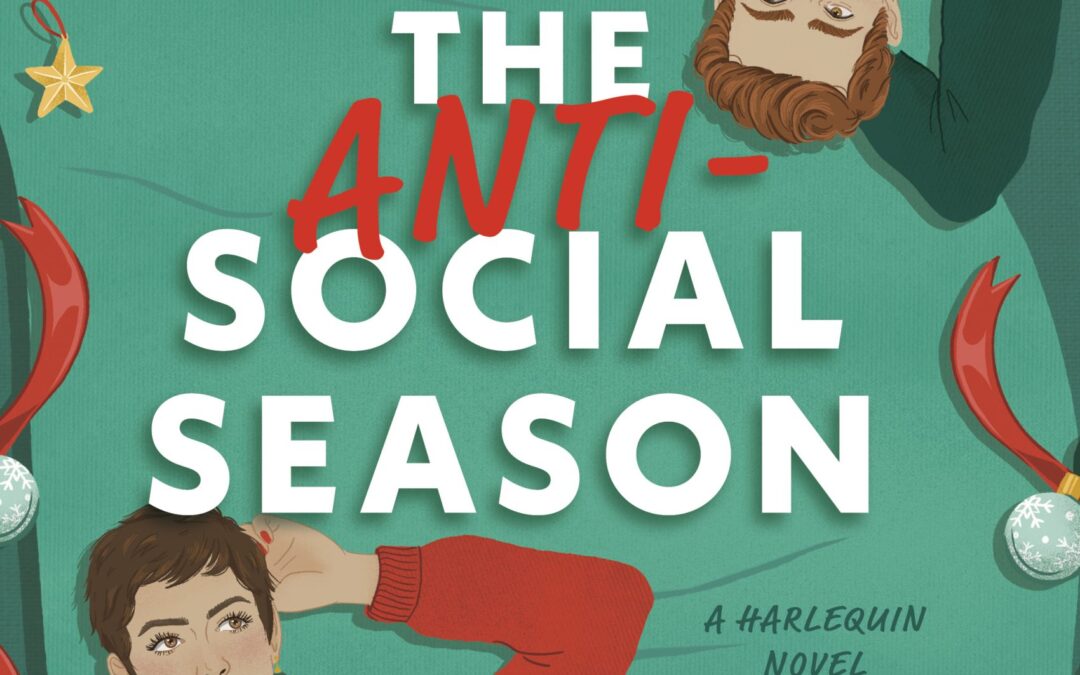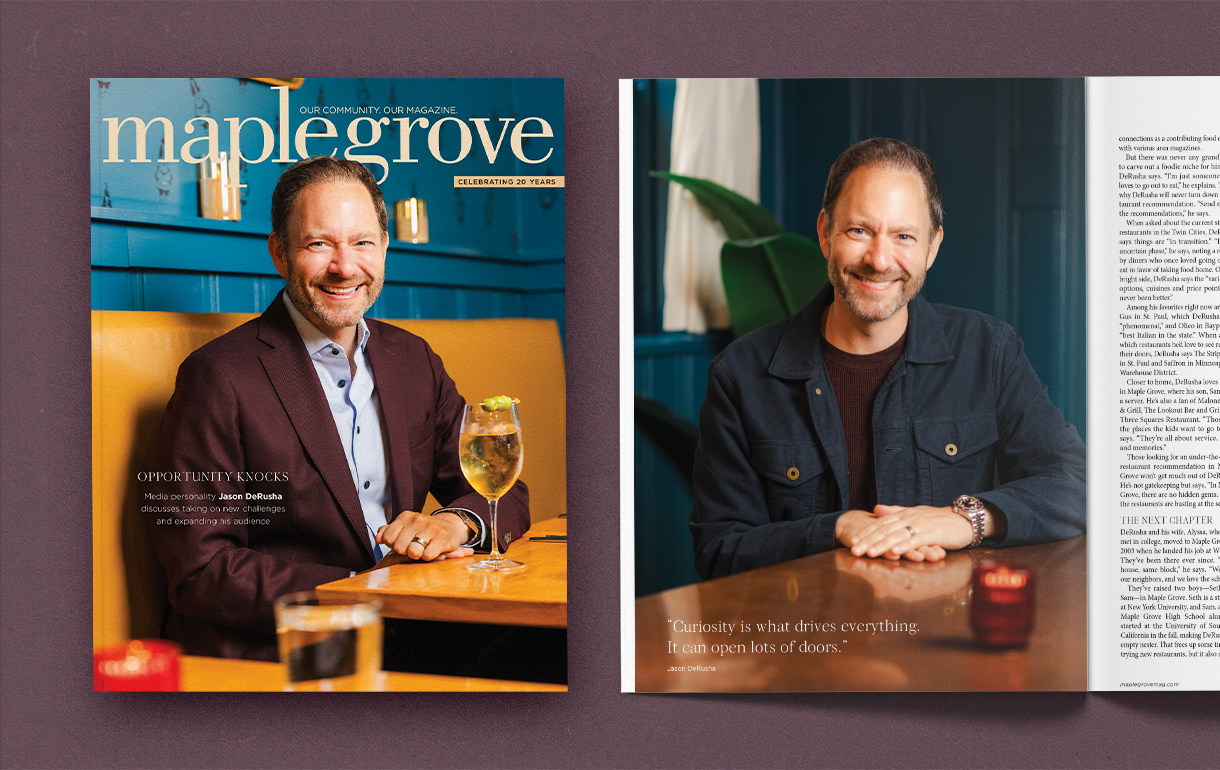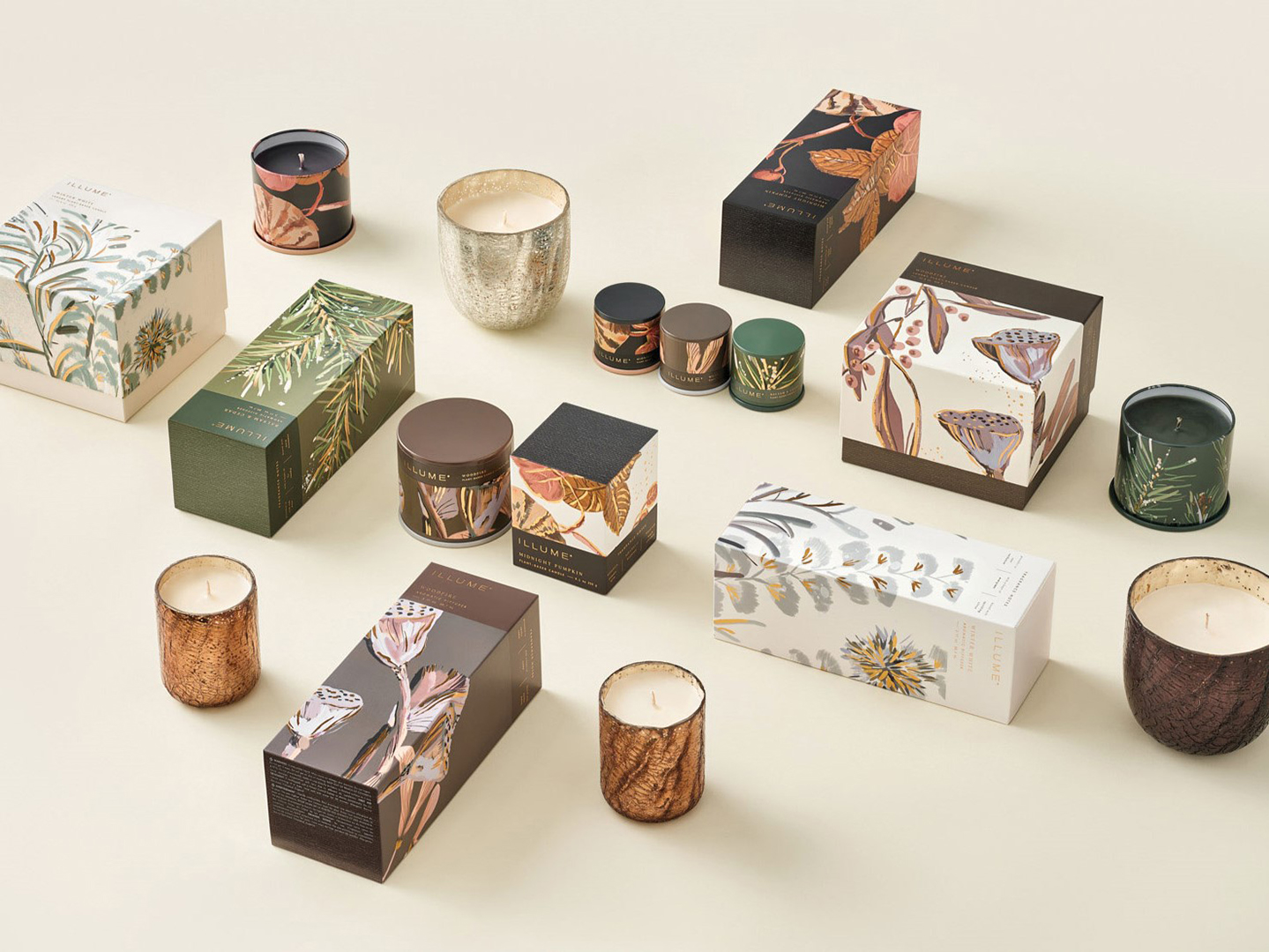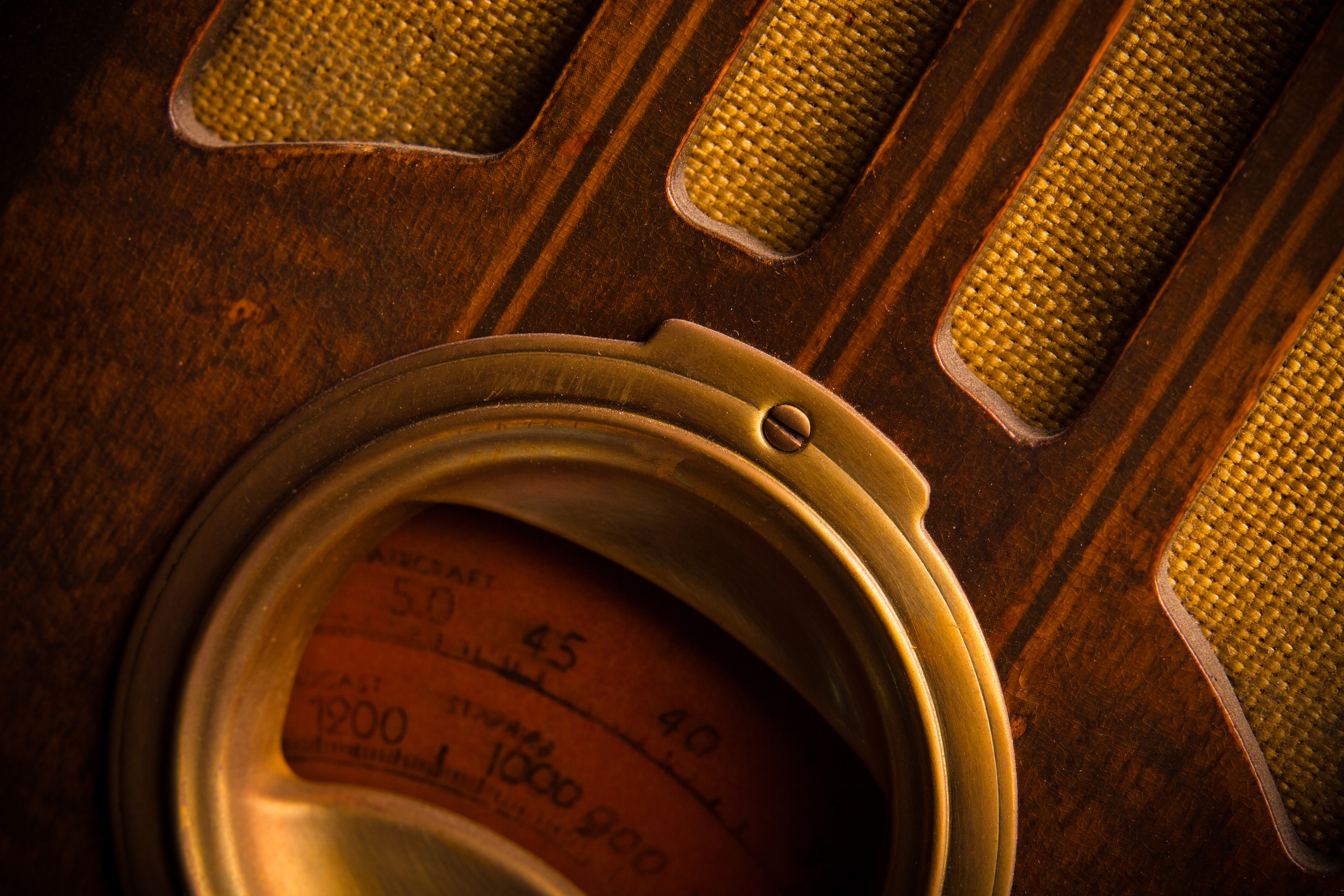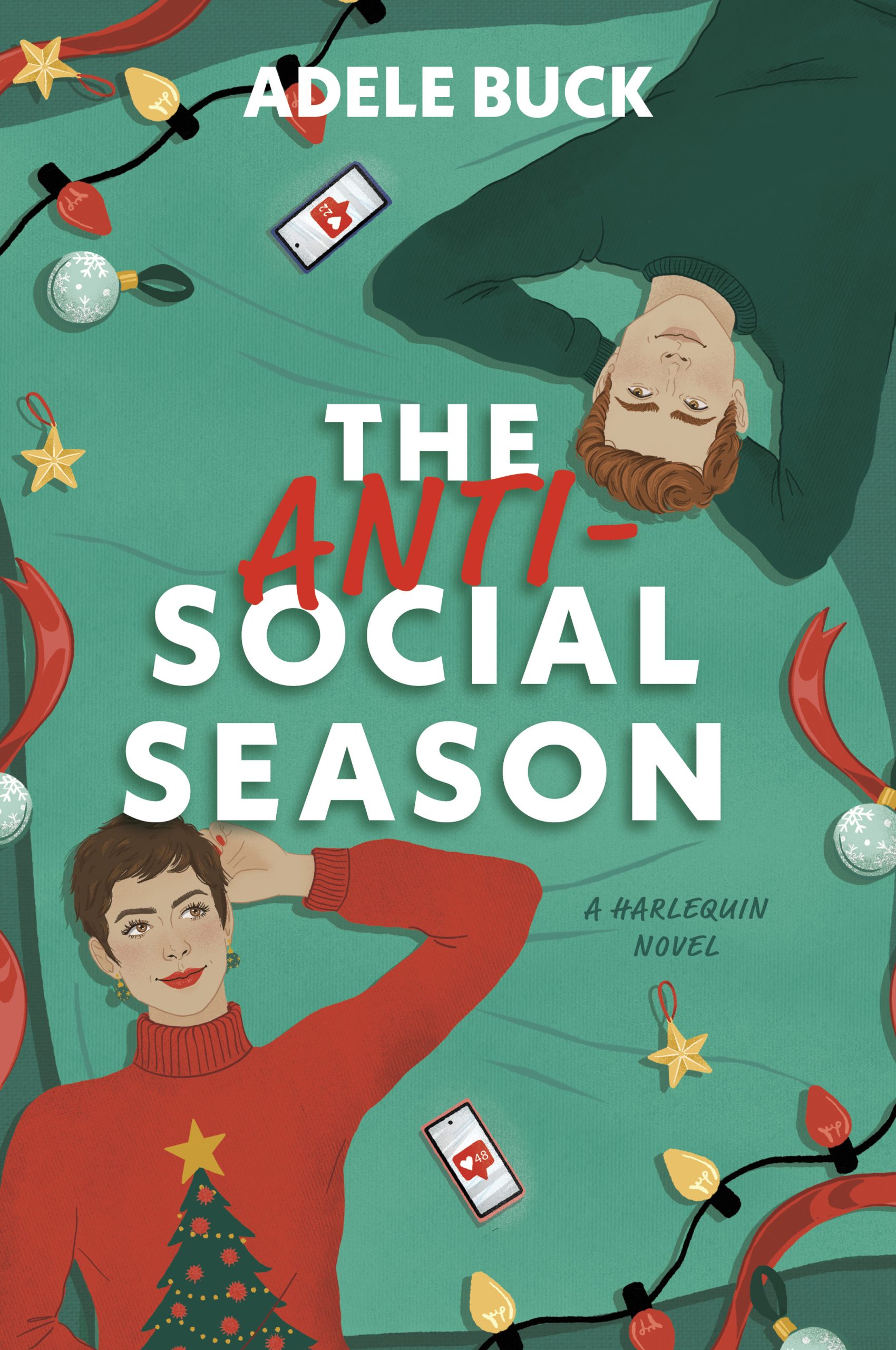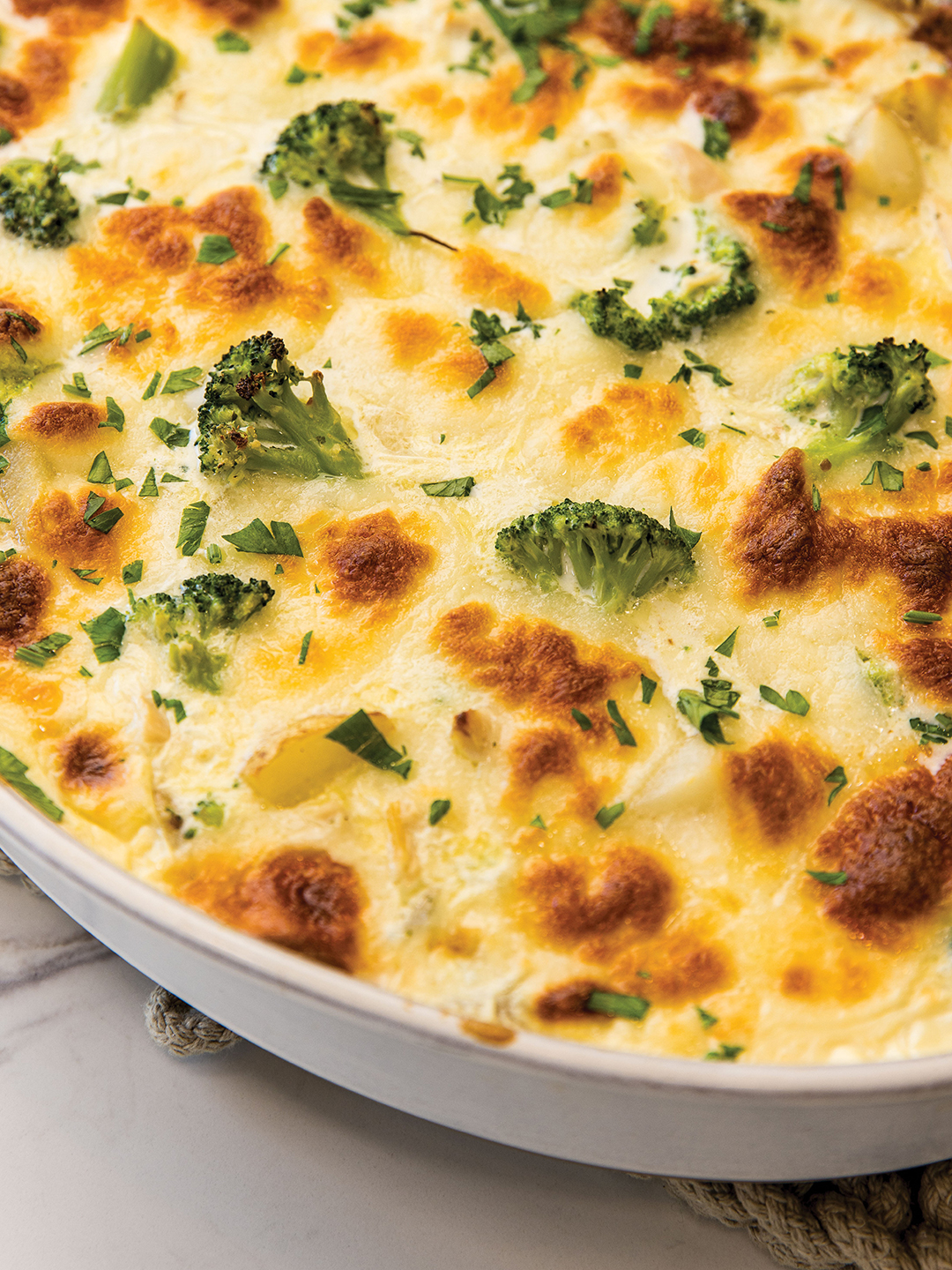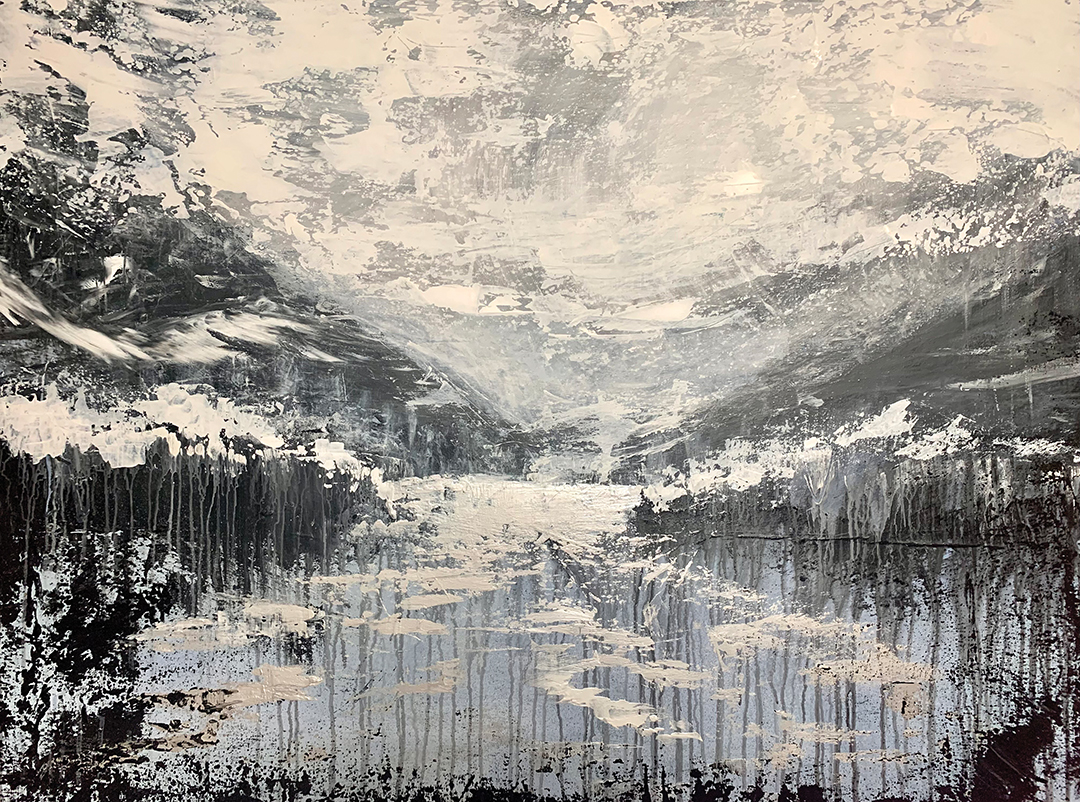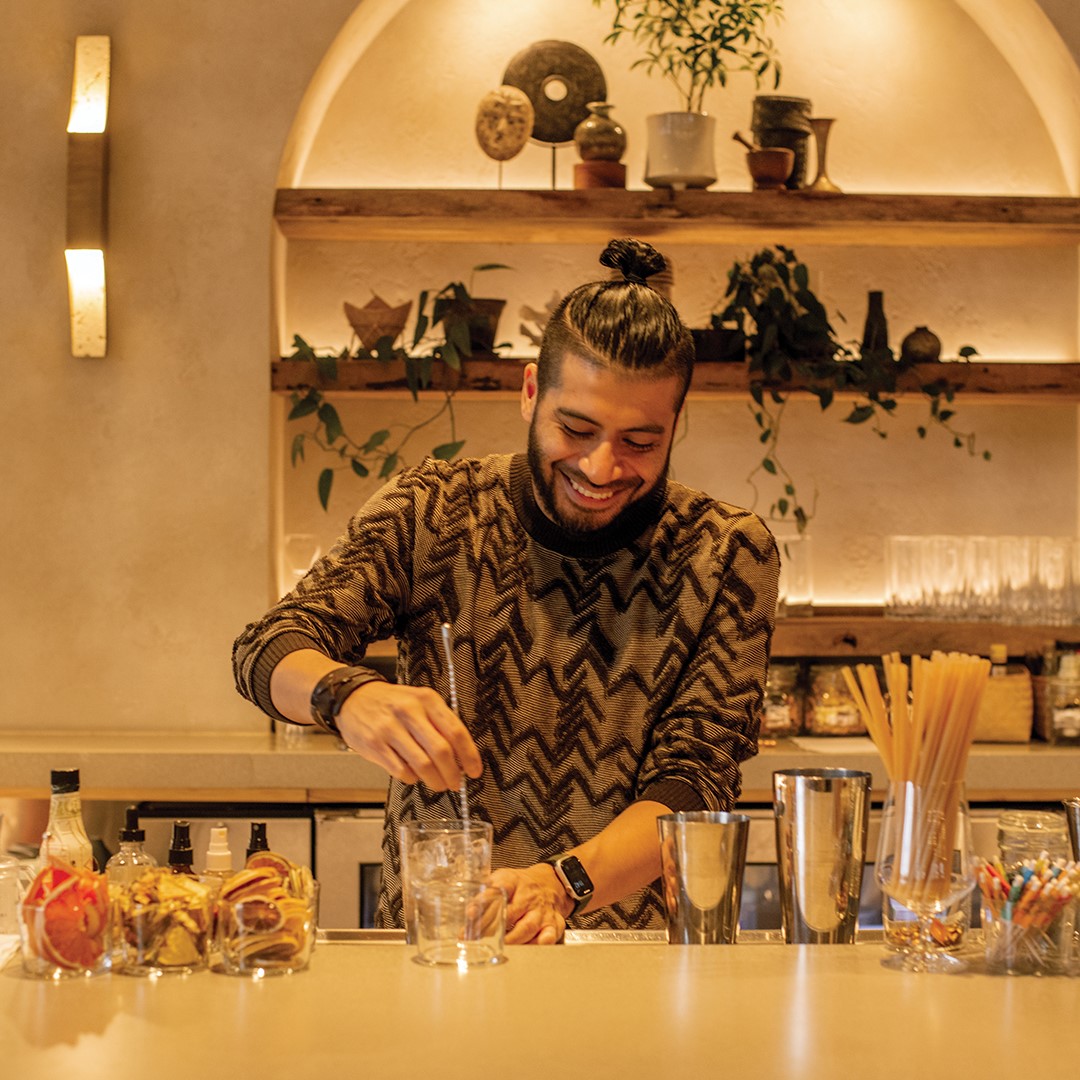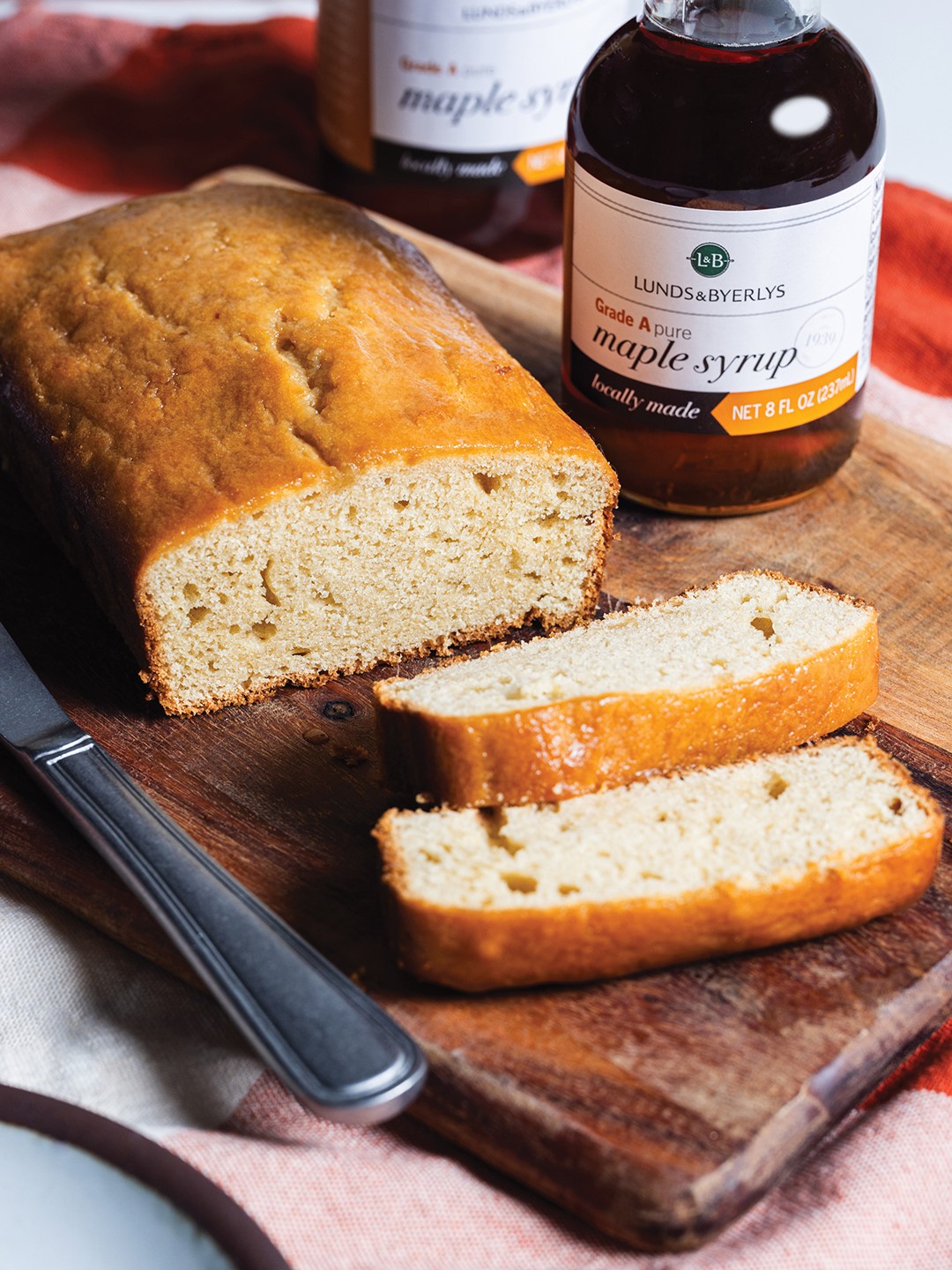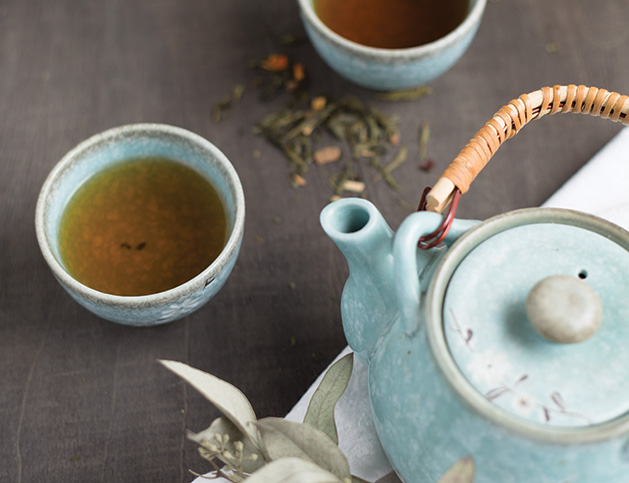
Photo: Joel Schnell
The owner of local tea and coffeehouse Daily Dose spills the tea on how to find your favorite brew.
For a primer on the different types of teas, click here. For a couple of delightful family recipes using tea, click here.
Before tea was a beverage, it was used as food and medicine. Treated like other food ingredients, tea showed up in sweet and savory recipes, sauces, as flavoring for meat and as pre-digestive bitters.
Tea used as a beverage, whether hot, cold or in a cocktail, highlights a careful balance of flavors that include “bitter,” due to tannins found in the leaves, which bring out sweetness and dryness, as is the case with wines, noticed on the tongue as astringency. And, of course, tea’s taste depends upon the mineral content and purity of the water used. Warning: High heat and longer steep times mean more tannins, which means more bitterness.
Owner and co-founder of Daily Dose Ben Havn serves tea every day. Customers choose from a menu of 10 teas, including chai and matcha. How does one make a choice when there are so many to be made? “Reds versus whites, IPAs versus Pilsner, dark roast versus light roast,” Havn says, “Just like wine, beer or coffee, in many ways, it becomes trial and error.”
Daily Dose partners exclusively with Rishi Teas and Botanicals to serve organic product that is “direct trade,” meaning that the company has a “long-standing, personal relationships with growers, who cultivate ecologically sustainable gardens in remote locations around the world.”
The buying team travels extensively to taste and select micro-lots grown exclusively for its direct-trade partners. “With the help of Rishi’s experts, we taste tested dozens of teas and pared them down. We knew we wanted to have a couple options in each category of tea without going overboard with choices,” Havn says.
Havn, along with co-owner, Curt Medina, also assures that any decaffeinated teas they serve are that way by nature. “We do not offer chemically decaffeinated teas,” Havn says.
It’s easier to try one of the many tea options when you have some context. Understanding, for instance, that tea falls into four specific categories may mean that when tasting a Darjeeling tea (grown in India), it may taste like any one of the four basic tea types, depending on how it was processed. Or, you might choose an herbal tea with the knowledge that it’s not really a tea at all, but a combination of herbs, flowers and dried fruits.
Knowing the way a tea was made also helps you understand how to treat it in order to get the best results in your cup. Havn says that people are surprised to discover that teas are served at different temperatures. “Some people find it odd when we add a few ice cubes to the water before we add in a green tea, for instance. Extremely high temperatures can burn a green tea leaf giving it an off taste,” he says.
Daily Dose
15517 Grove Circle N., Maple Grove
Facebook: Daily Dose Cafe and Espresso
Twitter: @DailyDoseMN

